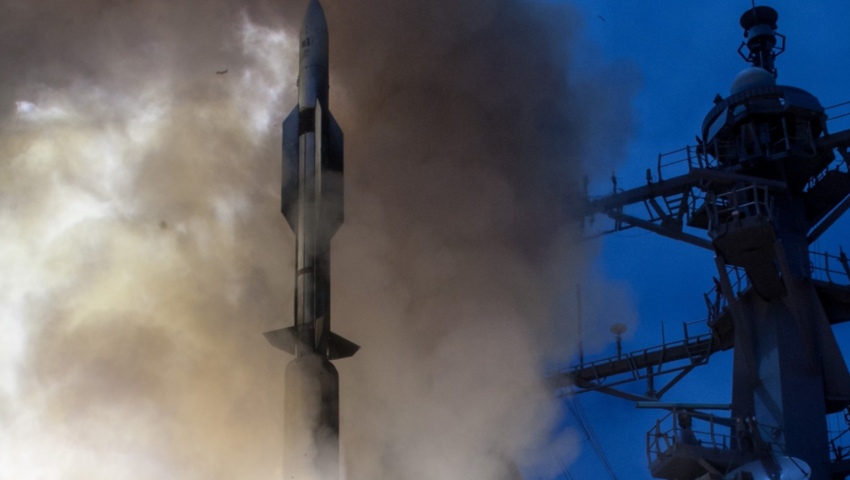The US State Department has greenlit a Commonwealth government order for services relating to the future production of anti-air missiles, to be deployed from Navy’s next-generation Hunter Class frigates.
The Defense Security Cooperation Agency (DSCA) has approved the sale of US$350 million ($481.6 million) in services relating to the future development of Raytheon-built Standard Missile 6 Block I (SM-6) and Standard Missile 2 Block IIIC (SM-2 IIIC) platforms.
Services include:
- development;
- engineering, integration, and testing (EI&T);
- obsolescence engineering activities required to ensure readiness;
- US government and contractor engineering/technical assistance; and
- other technical and logistics support services.
“This proposed sale will support the foreign policy and national security objectives of the United States,” the DSCA noted.
“Australia is one of our most important allies in the Western Pacific. Australia is strategically positioned to contribute significantly to ensuring peace and economic stability in the region.
“It is vital to the US national interest to assist our ally in developing and maintaining a strong and ready self-defence capability.”
The Raytheon-built anti-air missiles are expected to be deployed from Australia’s next-generation BAE Systems-built Hunter Class frigates, which will leverage Lockheed Martin-built Aegis Combat Systems.
The nine Hunter Class frigates will be based on the BAE Systems Type 26 Global Combat Ship currently under construction for the Royal Navy and will replace the eight Anzac Class frigates when they enter service beginning in the late 2020s.
The Hunter Class is billed as an anti-submarine warfare (ASW) centric vessel delivering an advanced ASW capability to the Royal Australian Navy at a time when 50 per cent of the world’s submarines will be operating in the Indo-Pacific region.
The $35 billion SEA 5000 is expected to support over 500 Australian businesses which have been pre-qualified to be part of the Hunter Class supply chain, with the Australian steel industry in particular benefiting from the 48,000 tonnes of steel required to build the ships.
The US State Department's approval comes just a fay after
[Related: Defence releases four new Sovereign Industrial Capability Priorities]



